This article is an on-site version of our Inside Politics newsletter. Subscribers can sign up here to get the newsletter delivered every weekday. If you’re not a subscriber, you can still receive the newsletter free for 30 days
Good morning. Stop me if you’ve heard this one before: after a bruising introduction to his new job, Keir Starmer has embarked on a near-total overhaul of his top team.
Following Labour’s defeat in the Hartlepool by-election in 2021, then leader of the opposition Starmer reshuffled his shadow cabinet, making Rachel Reeves his shadow chancellor and bringing in a number of new faces to his back-office team. And just as before, the prime minister marked his 94th day in office by conducting an overhaul of his Downing Street operation, with Sue Gray leaving her post as chief of staff after just three months.
She will take up a new role as the PM’s “envoy” to the devolved nations and regions: which seems a good fit given that it is universally agreed in the Labour party that she repaired and strengthened relations between Starmer’s office and the party’s devolved leaders in opposition. Morgan McSweeney, Starmer’s longtime political strategist and the manager of the 2024 election campaign, will become chief of staff.
There are two reads on this. First, one of the things a new government always has to do is find its feet, and that inevitably involves moving some people on when they don’t, for whatever reason, manage to thrive in a role. That’s why Tony Blair sacked ministers and cabinet ministers in 1998, and why David Cameron did the same in 2012. It’s why most governments have changes of personnel behind the scenes before the two-year mark. Starmer is doing what he always has done in his short political career, which is act quickly to reshape his team and to adapt to new circumstances.
The second is that the need to make this change, just like the need to make changes back in 2021, reflects a prime minister who is always going to lurch from one form of crisis to another.
Inside Politics is edited by Georgina Quach. Read the previous edition of the newsletter here. Please send gossip, thoughts and feedback to insidepolitics@ft.com
When the two can’t tango
One of Michael Gove’s habits as a minister, when told in a memo that “Downing Street wants this”, was to scribble back a note saying “Downing Street is a building. WHO wants it?”
And the big problem that has plagued Keir Starmer’s new government is that a lot of the time, that answer has not been clear even to people inside the building. Ministers and aides outside of it have frequently complained that getting clarity on what Downing Street actually wants is like pulling teeth. That lack of a clear steer is part of why the government has struggled to get past things such as the rows over freebies.
One reason for that is that Starmer opted to make his Downing Street a duopoly: a political lead in the shape of Morgan McSweeney and an administrative one in the shape of Sue Gray. That largely worked well in opposition, with the odd eruption into public view of how one half of Starmer’s office was a “boys club” or the other half comprised of ex-civil servants lacking a political sense. But it was not working in government.
He has now fixed that mistake, though it is not clear if McSweeney can do the administrative half of the role. One reason why Starmer’s new-look Downing Street structure has two deputies under McSweeney (which Gray did not have) is to bolster that, but it may not prove successful.
Added to that, of course, is the one big reason why Starmer needs a political chief of staff — he has not yet been able to provide that direction himself. In opposition, Starmer succeeded because he recognised his shortcomings and was able to recruit to address them. It’s not yet clear whether those same shortcomings can be outsourced in government.

Will the overhaul work in Starmer’s favour? Vote by clicking here.
Now try this
I saw My Old Ass at the cinema, a delightful and moving coming-of-age story. (Jonathan Romney’s review is here.) If you can see it in cinemas, you should, otherwise it will be on Amazon Prime (which sadly means no physical release).




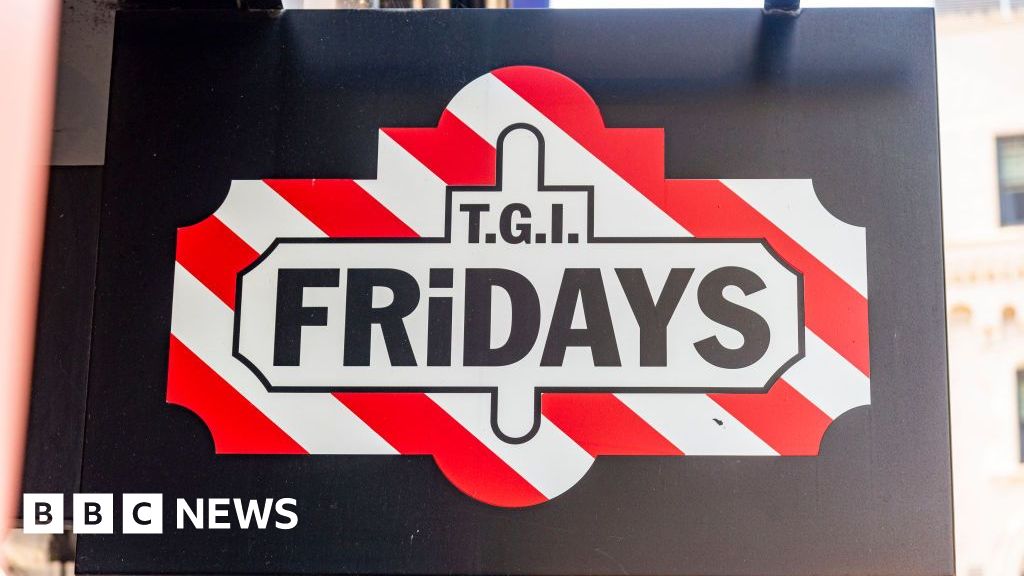


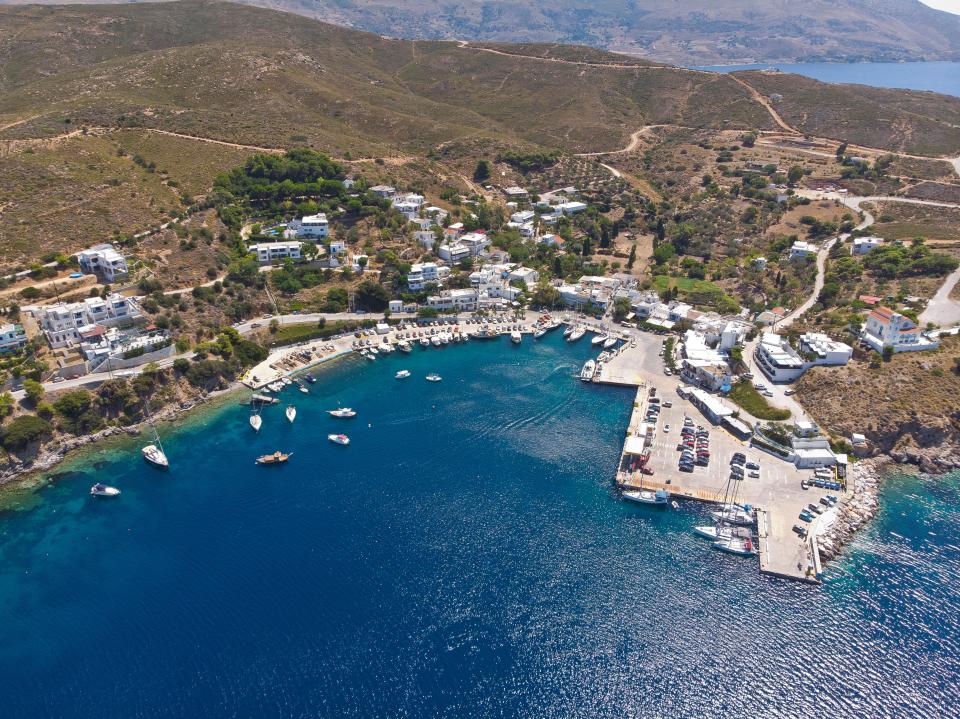
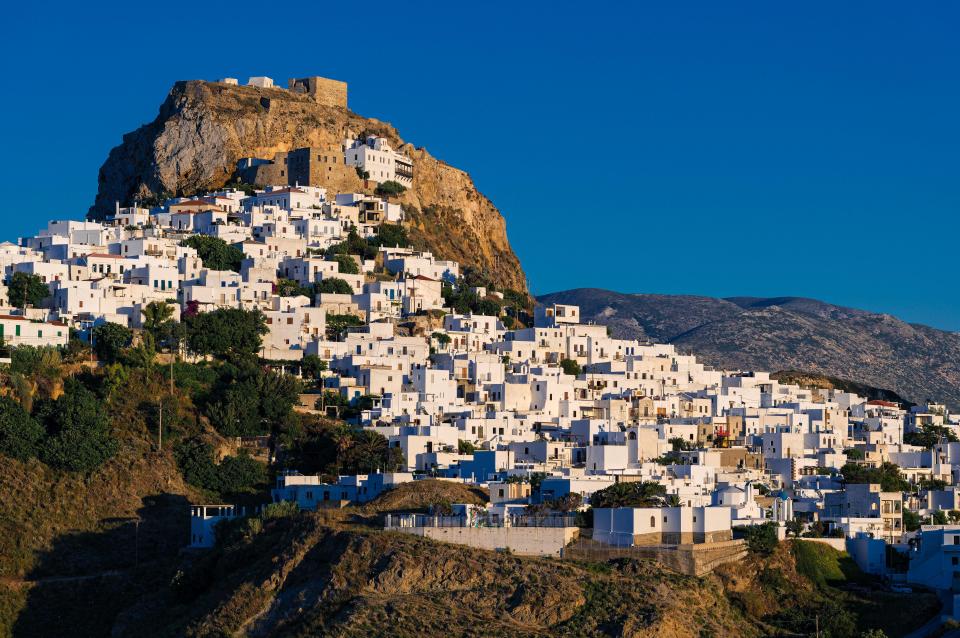
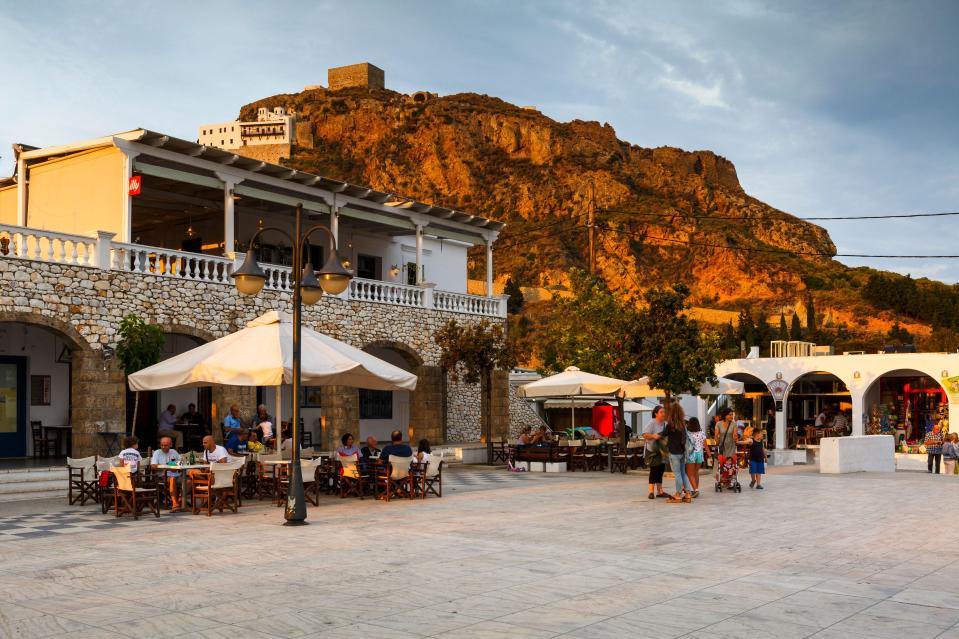
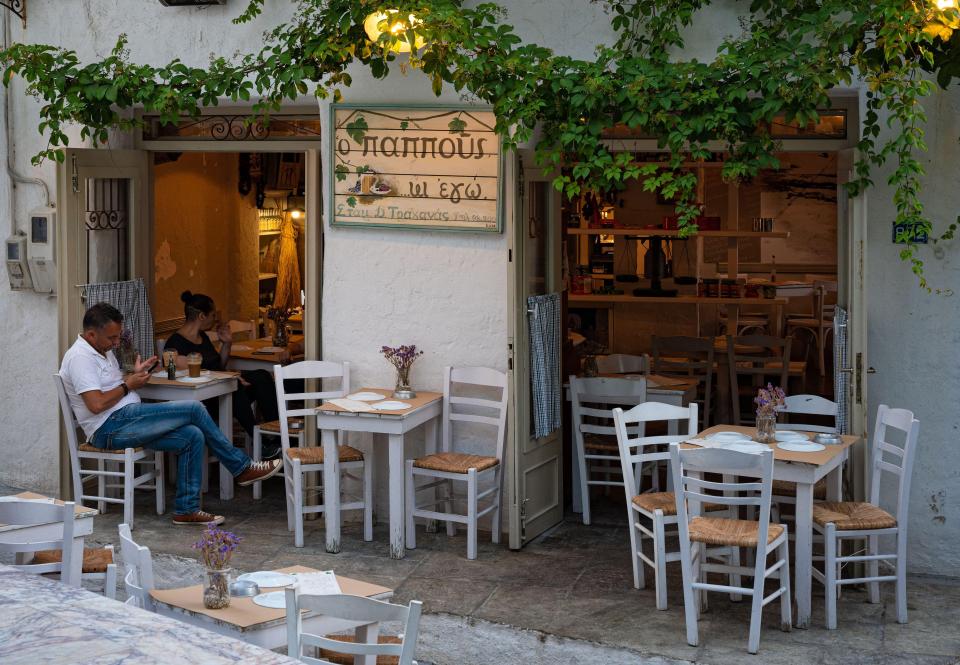
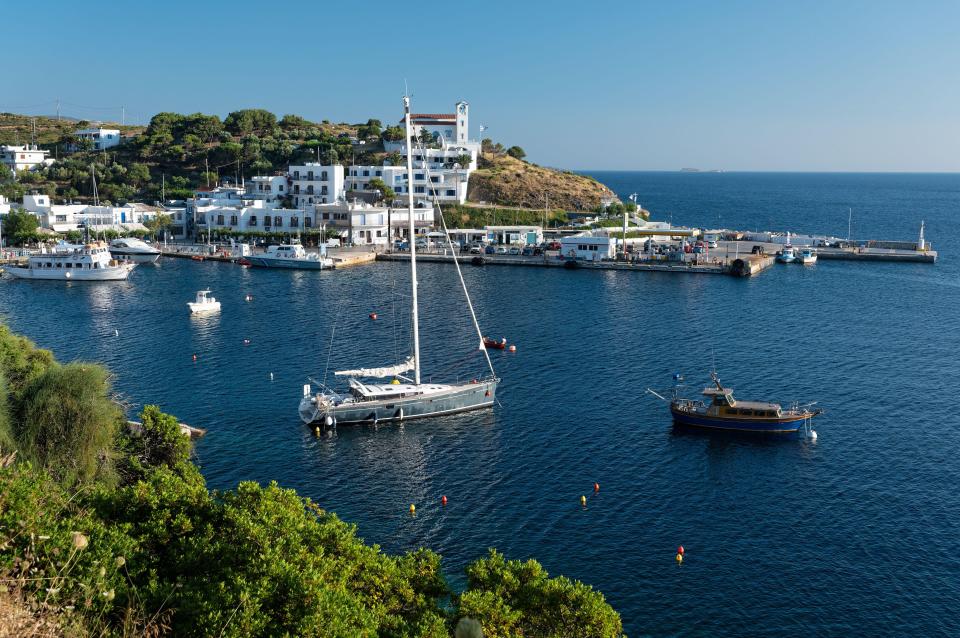
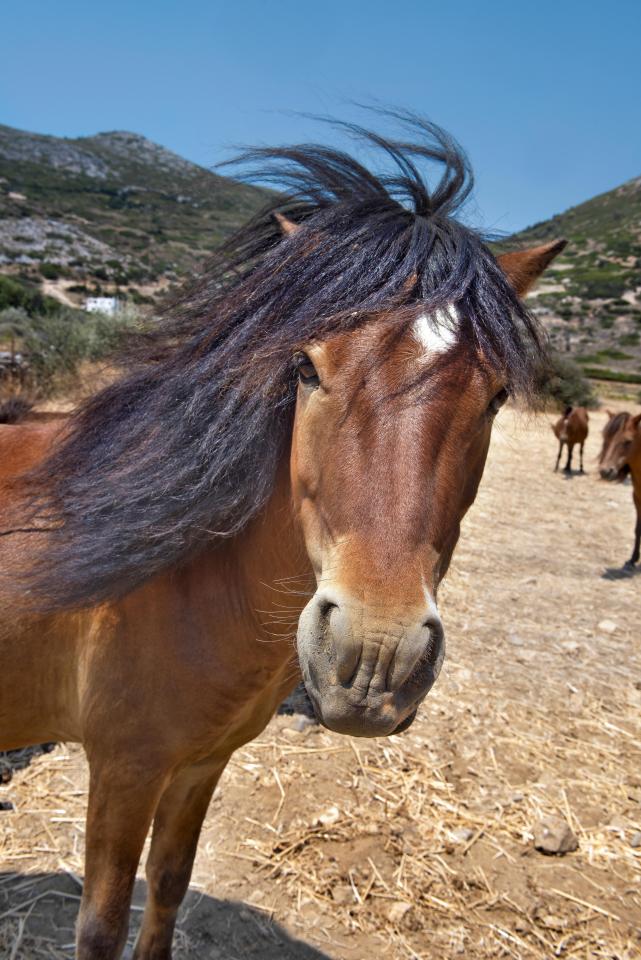
































































































































You must be logged in to post a comment Login